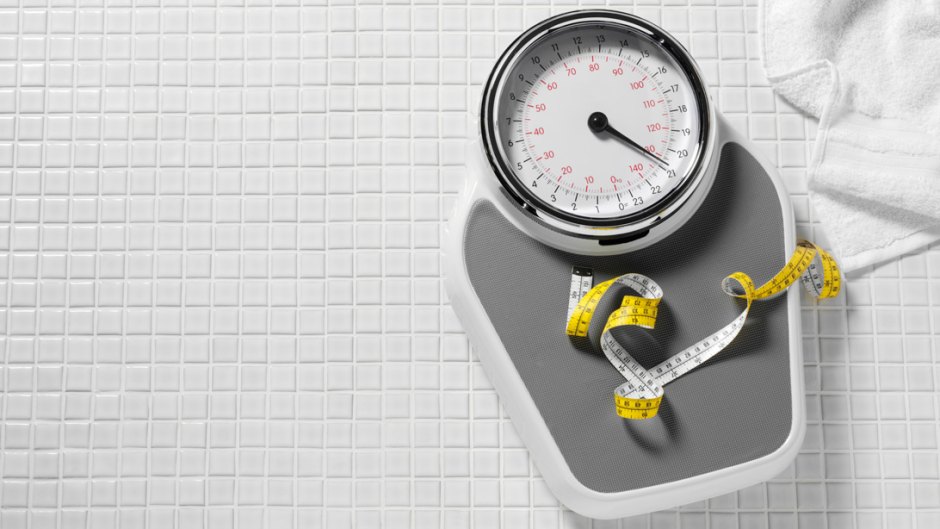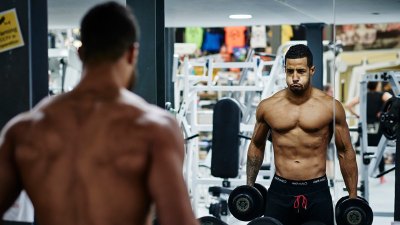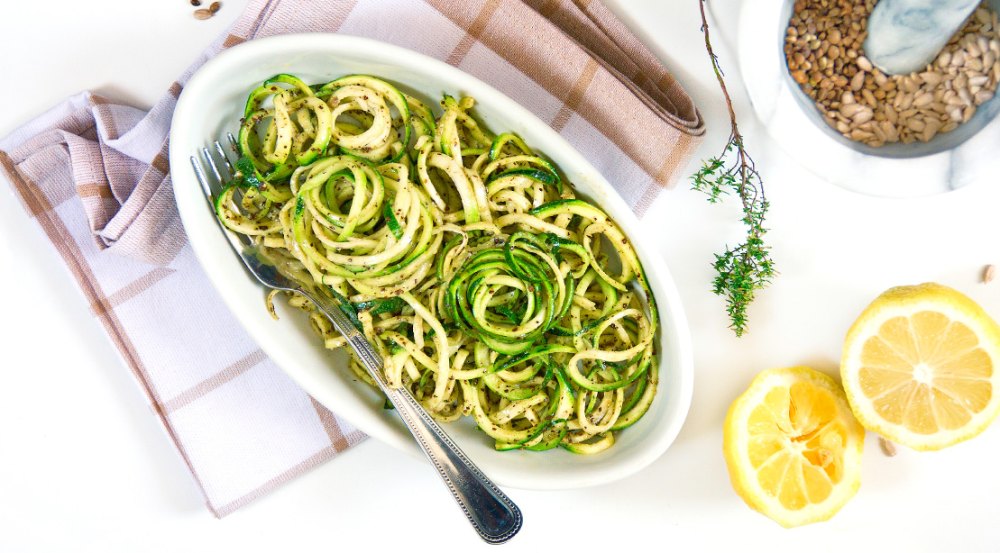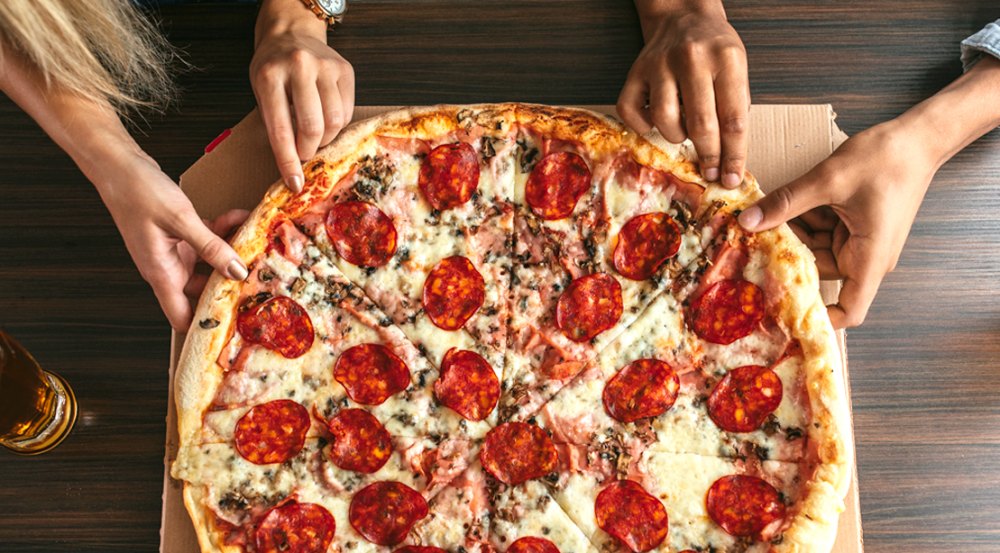Change how you look and feel with this tips to keep the weight at bay.
By Steve Stiefel

Whenever you see someone with a shredded six pack, you can be sure that they do more than just hit the gym. Lifting weights is a piece of the puzzle, but the best ways to lose weight and maintain body fat in the single digits require your diet, supplementation, and training to be on point.
Cutting back on the obvious junk foods more active are the best ways to lose weight for starters, but to unearth your abs requires another level of dedication. For example, you’ll need to start counting your calories to ensure you’re eating enough to maintain your muscle while losing the fat. Then, you need to replace starchy carbohydrates with veggies to lower your intake while staying full. How many times a day you eat plays a role too to keep your energy levels high. Of course, there are supplements you can take that aid fat loss and retain muscle, which is important when you’re dieting for an extended period of time (which is what you need to do for extreme body fat loss).
If this is making your head spin just relax. We’re not suggesting that you make all of these changes at once. If you’ve been dieting and training for a few years and really want to dial in your fat loss progress, read the tips below and pick a few (say, three to five) and implement those for two weeks to a month. Then, when you hit a plateau or feel ready to push yourself a little more, add a few more.

When you go on a “program” to lose body fat, you may set yourself up for failure. A program implies an end point, which is when most people return to their previous habits. If you want to lose fat and keep it off, make changes that you can live with indefinitely.
Don’t over-restrict calories, and find an exercise program that adequately challenges you, provides progression, and offers sufficient variety so that you can maintain it for years to come.
Drink More Water
Water is the medium in which most cellular activities take place, including the transporting and burning of fat. In addition, drinking plenty of water makes you feel full and eat less.
Drink at least 1oz of water per 2lbs of bodyweight a day (that’s 100oz for a 200-lb person). Keep a 20-oz water bottle at your desk, fill it five times a day, and you’re set.

Consume Fewer Calories Than You Burn
To figure out how many calories you burn a day, calculate your resting metabolic rate—the number of calories you burn daily doing routine activities, not including formal exercise—using this formula: RMR = bodyweight (in lbs) x 13. Next, determine how many calories you burn through exercise—a half-hour of moderate-intensity aerobic exercise burns around 350 calories in the average man, and a half-hour of lifting burns around 200.
Add your RMR to the calories you burn in the gym, and keep your daily calorie consumption below that total.
Reduce Starchy Carbs
Consuming too many starchy foods, such as potatoes, rice, pasta, and breads (especially at one sitting), provides your body with more than it needs for energy and glycogen stores; anything left over will be stored as fat.
“You don’t have to eliminate starchy carbs completely,” says IFBB pro Mike Matarazzo. “But you should really cut back on them when trying to shed body fat.”
Limit total starch servings per day to 3-5, where a serving size is one cup of pasta, rice, or sliced potatoes.
Eat a Full, Balanced Breakfast
“Your body has been starving all night long, and it needs nutrients to rebuild itself,” says Matarazzo. “If you just catch something quick on the run instead of eating a full meal, it negatively impacts your workout, and everything else you do during the day.”
Eat sufficient protein (30-40g), a complex carbohydrate, like oatmeal, and a piece of fruit to start your day off right.
Limit Sugar Consumption
Taking in simple carbs (sugars) right after weight training replenishes muscle and liver glycogen stores, but excess sugar consumed at other times will be stored as fat.
Satisfy your sweet tooth occasionally, but try limiting your intake of sugar to fresh fruit. Replace Sugary beverages like soft drinks and juice with water, coffee, tea, or diet soda.
Rotate Your Carbs
Nutrition expert and former bodybuilder Chris Aceto recommends eating about 1g of carbs per pound of bodyweight for 3-5 days—these being low-carb days—and doubling that for the next 1-2 days, then repeating that cycle.
If you weigh 200lbs, eat 200g on low-carb days and 400g on other days.
Drink Black Coffee Before Working Out
“Caffeine causes the body to rely more on fat for fuel during a workout, rather than glucose,” Aceto says. “But the caffeine effect is lessened when you eat a high-carbohydrate meal with it.” Drink 1-2 cups of black coffee within two hours of working out, and emphasize healthy fats and protein if you’re drinking it with a meal or snack.
Skip the cream and sugar (which add unwanted calories and fat), and avoid drinking coffee at other times of the day; doing so can desensitize you to the fat-burning effects of caffeine.
Avoid Drastic Calorie Reductions
“Any competitor who drastically cuts calories to try to get leaner for a show learns that that’s not the best way to diet,” says IFBB fitness competitor Laurie Vaniman. “You end up looking flat and depleted.” The same holds true for noncompetitors; aim for a modest decrease in calories instead.Smaller bodybuilders shouldn’t cut more than 200-300 calories per day, and larger bodybuilders shouldn’t cut more than 500, says Aceto.
Eat 5-6 Meals a Day
Dieters often decrease the number of daily meals in an attempt to reduce calories—a big no-no.“If you eat six meals a day vs. three with the same total calories, you can lose more fat because more meals burn more calories [by increasing thermogenesis, the production of heat, in the body],” says Aceto.
Take CLA
conjugated linoleic acid, has come into vogue in bodybuilding circles as a fat burner. Several studies in humans have shown modest effects on fat loss. Try to take 3g per day of CLA.
Use Creatine
Creatine, a potent muscle-builder, may also help you burn fat. The muscle added during creatine use increases resting metabolic rate, stoking your fat-burning furnace. This is critical during a fat-loss phase, when low calorie intake can compromise your muscle mass and lower your metabolic rate.
Begin with a five-day loading phase: 15-20g daily, divided into 3-4 equal doses. After that, take 3-5g of creatine per day with a meal post-exercise.
Increase Vegetable Consumption
Vegetables are nutrient-dense, meaning they pack maximum nutrition value with minimal calories, leaving you more full on fewer calories. Consume five servings a day of veggies, whether as a snack, on a sandwich, or on the side of a chicken breast.
Order your next burger with fresh vegetables instead of french fries.
Don’t Over-Rely on Fat Burners
Fate burners help reduce body fat, but they won’t counter poor eating habits. If you take the products mentioned in tips 11-13 without exercising or eating well, you’ll be more inclined to pack it on than to lose it.
Fat-burners are not magic pills—use them along with a solid nutrition and exercise plan.
Consume 25-35 Grams of Fiber a Day
“Fiber lowers insulin levels—along with total calories—affecting how lean you’ll get,” says Aceto. Fiber absorbs water and takes up more space in your stomach, fighting off hunger pangs, too.
Fiber rich foods include bran cereal, oatmeal, and beans. Check nutrition labels for fiber content.
Eliminate Junk Food
“Junk food is food that offers almost nothing but calories—like french fries, potato chips, and sweets,” says Matarazzo.”
Cheat Foods, on the other hand, like pizza and hamburgers, have some nutritional benefit, and eating them once in a while can really help when you’re on a diet.” Know the difference.
Eat the Proper Amount of Protein
Many bodybuilders jack their protein through the roof when they diet. But protein has calories, too, which can be stored as fat if overconsumed. Take in 1-1.5g of protein per pound of bodyweight each day, (200-300g for a 200-lb person).
This provides sufficient amino acids to maintain muscle mass, while keeping your total calorie count under control.
Eat More Healthy Fats
“Healthy fats are totally underutilized by individuals trying to shed body fat,” says Matarazzo. “You have to reduce calories to get rid of body fat, but you don’t want to cut out healthy fats completely.” Fats take longer to break down in your stomach and help control blood-sugar levels, leaving you more satisfied and reducing your cravings.
Include avocados, fatty fish, olives, nuts and seeds, and oils such as olive, flaxseed, and canola in your diet.
Eat Cheat Foods for Flavor
“If you love a particular food, you shouldn’t prohibit yourself from eating it,” says Vaniman. “Avoid the bad foods that you don’t love or crave. And when you eat cheat foods, eat them for flavor. Don’t eat the whole pizza—have a few slices, savor the flavor, and enjoy it. Share the rest.”
